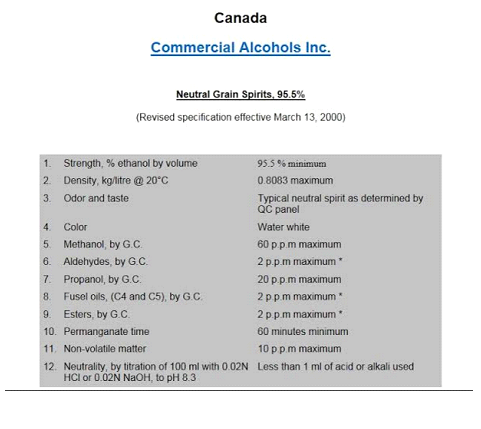Distillation Technologies
Low Energy Distillation (LE Dist) Technology
BPI has designed, developed, and commercially demonstrated the LE Dist process that allows for the concentration of ethanol to 96% purity without the usage of thermal energy. The LE Dist utilizes specially designed columns, packing, condensers, and reboilers to replace the 12 – 15 lbs of steam required in conventional distillation of a gallon of ethanol with about 0.3 KW of electricity. The energy savings of the LE Dist system to a 10 mmgy cellulosic ethanol facility would be in the range of $2 - $4 million per year (depending upon the local costs for natural gas and electricity.)
Two Column Continuous Production of Spirit Grade Ethanol from Fuel Ethanol
There are a number of ‘congeners’ –non- ethanol compounds- that the yeast produce in low amounts during the fermentation. The major congeners are fusel oils with isoamyl alcohol being the major component. Other congeners include ‘heads’ which include acetaldehyde, ethyl acetate, and methanol. ‘Tails’ are largely fusels including isoamyl, n-propanol, iso-butanol, and 1-butanol. Spirit grade, industrial, or Grain Neutral Spirits remove a large fraction of all of these congeners. Specifications for Canadian GNS are shown below.
The Bio-Process Group has developed a ‘Bio-Pure’ two column system for purification of fuel grade (non-denatured) anhydrous ethanol which minimizes energy and capital costs for production of GNS grade ethanol. Fusels are removed in Column 1 and ‘heads’ are removed from Column 2 as a top product. Spirit grade ethanol is taken from the bottom of Column 2.
The ‘Bio-Pure’ System for Spirit/ Grain Neutral Spirit/ Industrial Grade Ethanol
Steam use for the ‘Bio-Pure’ process is about 2 kg of steam/ liter of spirits (16 # steam/ gal) and yield is about 94% of incoming ethanol converted to high purity spirits.
Traditional System for Purifying 190 proof ethanol
The traditional method of producing spirit grade ethanol from ‘crude’ 190 proof ethanol is shown below. This design consists of taking 190-proof ethanol to a three-column purifying system by:
⦁ Returning water to the 190 proof product in an ‘extractive column’, C1, where one takes a congener stream from the top, which would be the fusels.
⦁ Installing an ethanol distillation column (without fusels) with a product draw 5-8 stages from the top to remove most of the heads
⦁ Installing a de-methylizer column with more ‘heads-focusing on methanol’ removed
⦁ The final 190 proof product taken as a bottoms from C3
Figure 4.1. A diagram of the traditional three-column purification system (R. Piggot, 2005)
Congener removal by this system is quite complete. The fusel ‘extraction column’ removes the fusels thoroughly, and the C3 De-methylization extracts ‘heads’. Energy use for the three columns would be about 4 Kg steam/liter spirits. (33# steam/gal). Yield should be about 92% spirits from the incoming 190 proof ethanol.



